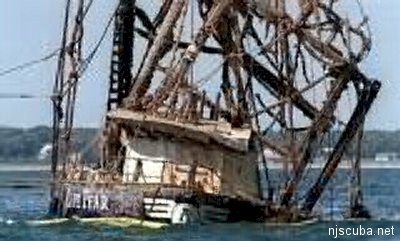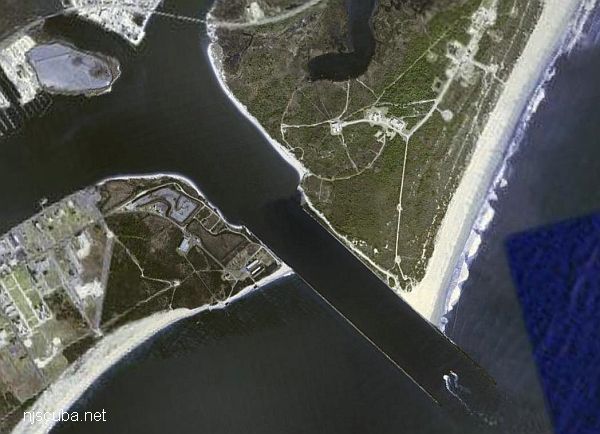Lost At Sea (9/9)
Epilogue
In April, a Coast Guard task force on commercial fishing boat safety recommended the licensing of captains and more rigorous inspections of their vessels for safety and stability. The task force was formed in response to the four sinkings in January 1999, and the December 1998 sinking of a conch dredger off Hampton Roads, Va. The task force report concluded: "The solutions are basic and straightforward: seaworthy boats, competent crews, adequate survival equipment and safety-conscious resource and industry management regimes." Some of the task force recommendations require congressional legislation.
In December, the Coast Guard inaugurated Operation Safe Catch, a stepped-up level of boat inspections aimed at removing the most dangerous boats from the water through boardings at sea and at the dock.
Tuesday will mark the first anniversary of the sinking of the clam dredger Adriatic at the close of the tragic 13 days when 10 men were lost. Over the past 12 months a dozen children, some only toddlers and some young adults, have learned about life without a father.
And out on the Atlantic, the remaining clam vessels and their crews face the same fundamental risks that led to the disasters a year ago. Louis Lagace, owner of the surf clam boat Ellie B, whose crew survived its Jan. 17 sinking, explained why clam boats can be dangerous.
"Take a factory, remove the roof, remove the walls, maybe dim the light. Get a hose and hose down the floor, and then maybe rig up these huge hydraulic pistons to make it move, and that is your fishing boat. A factory that is wet, open to the elements and is moving back and forth. "And that's ... not counting the biggie, a big storm that will do in the whole boat and anybody on it. "I've heard of guys who fell overboard on boats and were never found ....What overcomes me is the overwhelming loneliness ... Imagine the feeling of watching the boat's lights getting smaller and smaller and knowing you're not going to see your families again."
There were many heroes who responded when the four boats sank last year. One of them was Petty Officer Richard Gladish, the Coast Guard rescue swimmer who dropped into the black ocean from a helicopter in an attempt to save a Beth Dee Bob crewman. Instead, he found the half-frozen body of Jay Bjornestad, the first mate. "The reward I'll have from this is seeing this guy's face the rest of my life, " Gladish said three weeks later. "It bothers me." A month later, still disturbed by his experience, Gladish ended his 14-year career as a rescue swimmer. He has been reassigned to Cape May as a drill instructor.
The first of three Coast Guard hearings into the sinkings - of the Beth Dee Bob, the Cape Fear and the Adriatic - began Jan. 22. ( The sinking of the Ellie B was not investigated because no lives were lost. ) Through last week, none had resulted in published findings.

The Cape Fear was raised from the ocean floor in August and has undergone extensive metallurgical testing. The Beth Dee Bob and the Adriatic have been visited by divers, who have filmed the wrecks to document their conditions and search for clues. And on the sand near the Manasquan Inlet, the last land eight of the doomed men ever saw, a spot has been set aside for a monument - a bronze sailor raising a lantern in honor of the men who will never return to that port.

